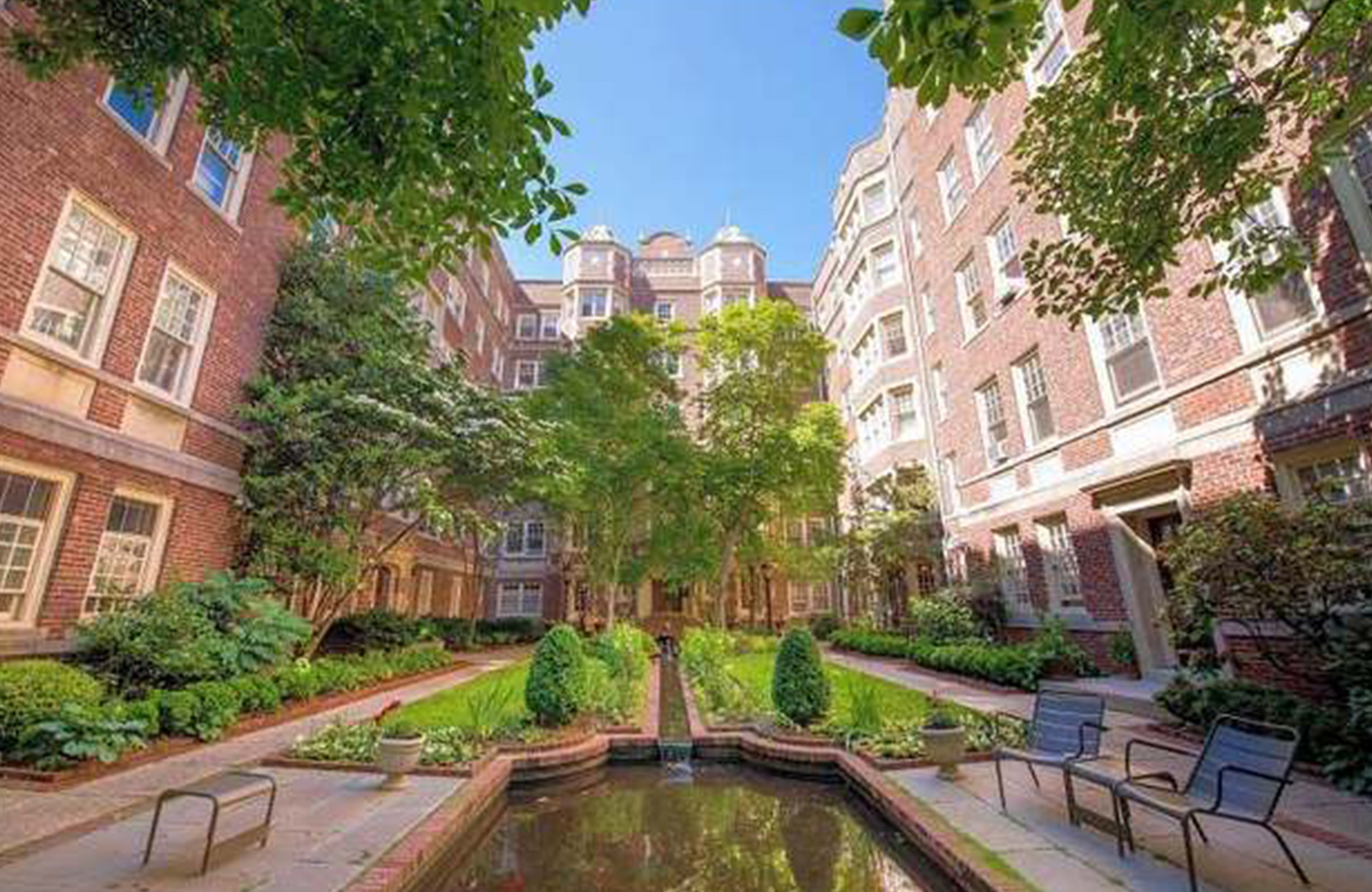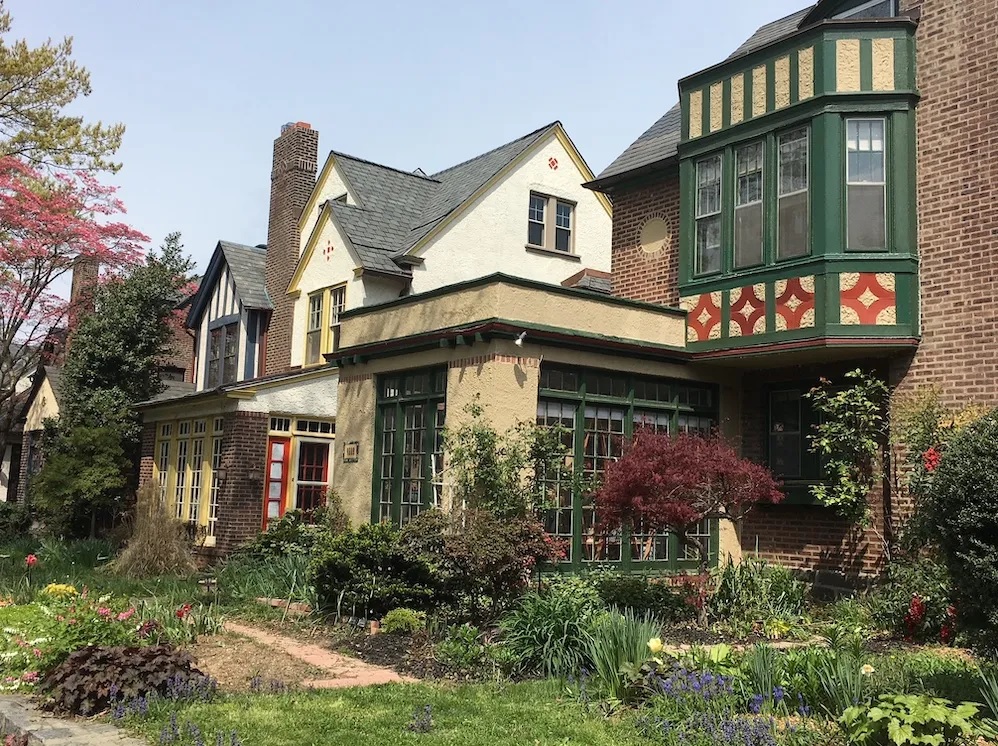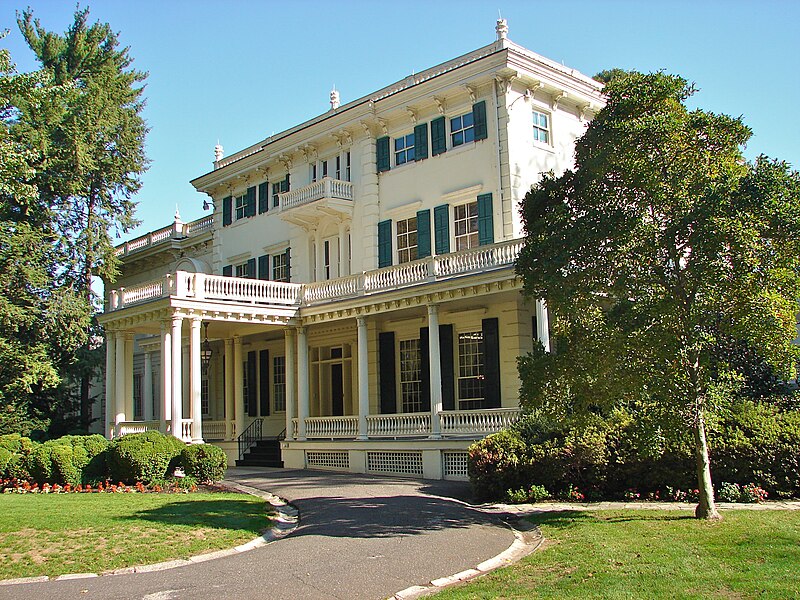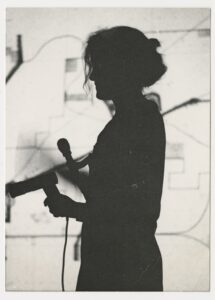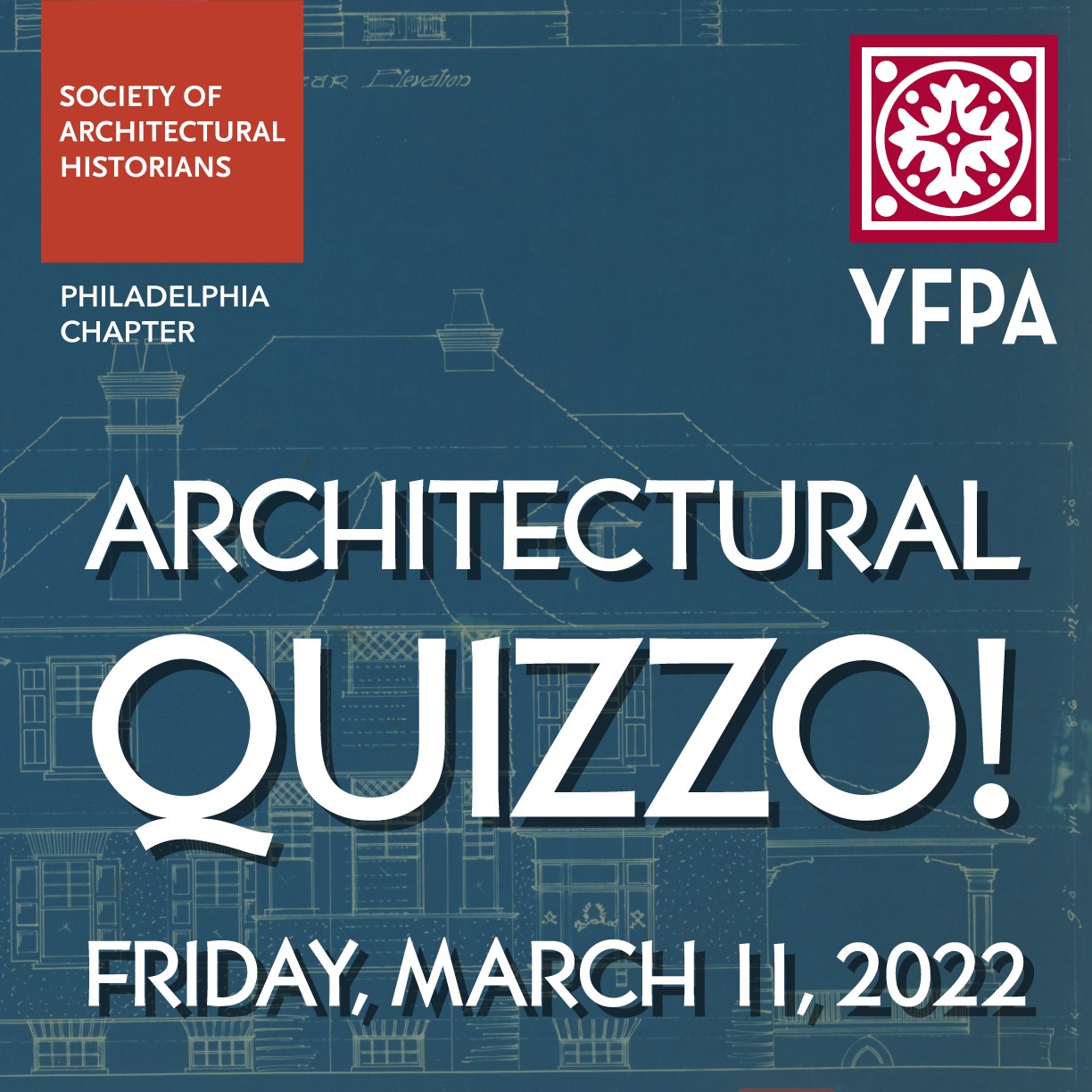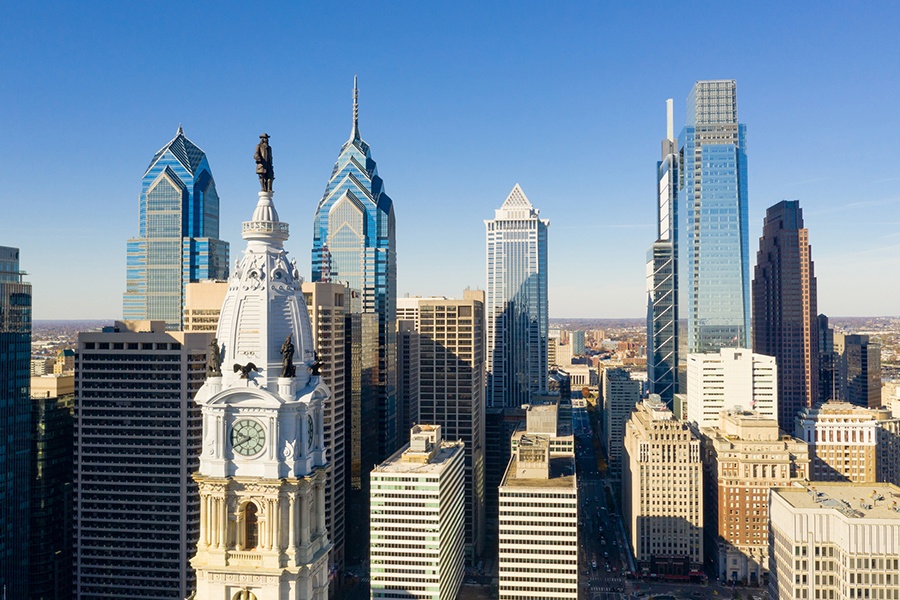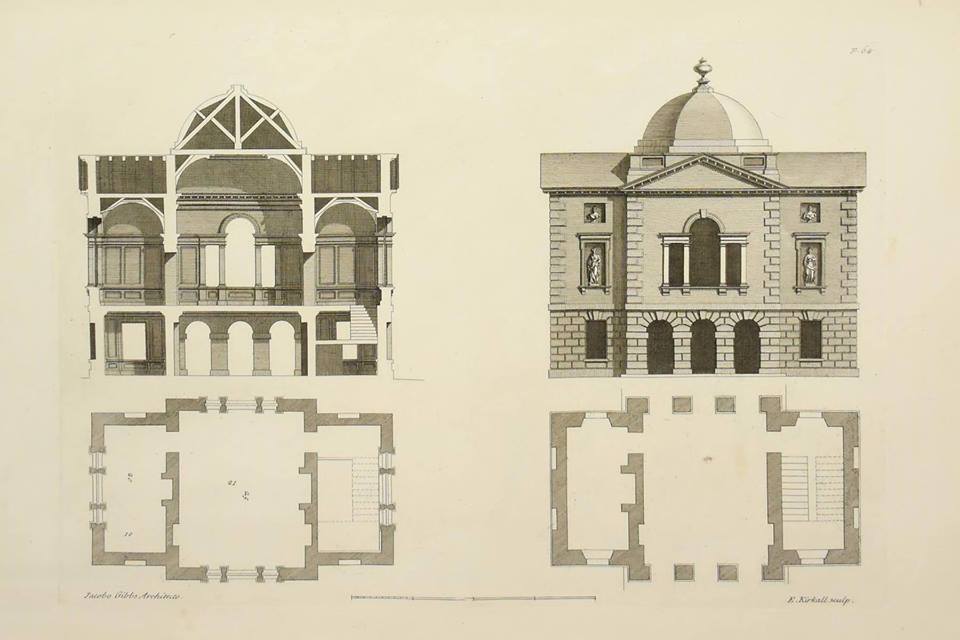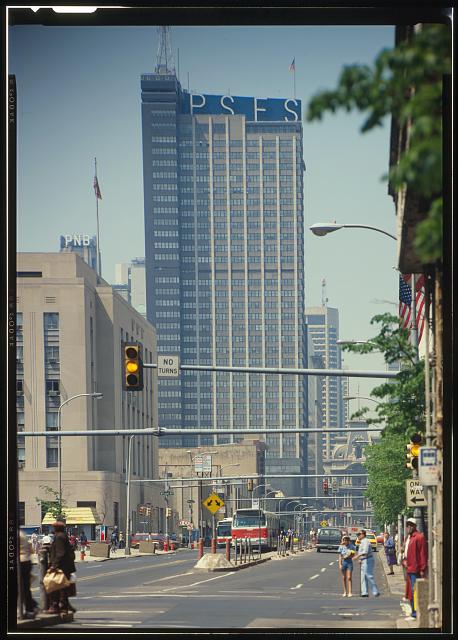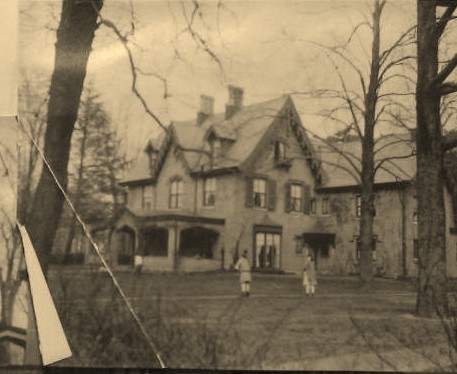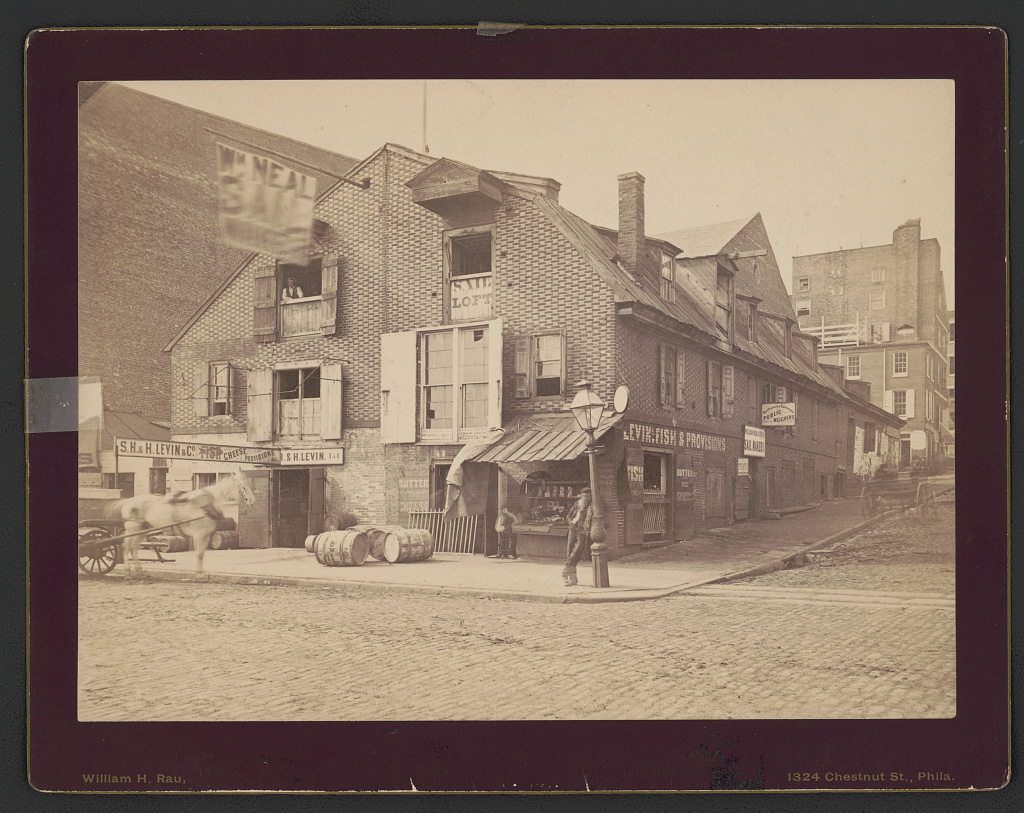
“Old store Race St. Wharf, Phila.” Race Street at Delaware Avenue, ca. 1880-1900. Library of Congress.
The Oliver Evans Society for Industrial Archeology, the Philadelphia Chapter Society of Architectural Historians and the Wagner Free Institute of Science invite you to
A Glass Lantern Slide presentation by Martha Capwell Fox, Historian and Archives Coordinator for the National Canal Museum, a program of the Delaware & Lehigh National Heritage Corridor
Wednesday, December 5 at 6:00 p.m.
The Wagner Free Institute of Science, 1700 W Montgomery Avenue, Philadelphia
Reception to follow.
$15 per person for members of The Oliver Evans Society for Industrial Archeology, the Philadelphia Chapter Society of Architectural Historians and the Wagner Free Institute of Science and their guests, $20 for all others.
ALL TICKETS MUST BE PURCHASED IN ADVANCE, NO ADMISSIONS AT THE DOOR. Select ticket from drop down menu below, then click Add to Cart button.
The National Canal Museum’s collection of Rau glass lantern slides was a gift from Professor Charles Best, who was chair of the engineering department at Lafayette College. There are over 1200 slides in his collection, but we will see about 80 of the best of Philadelphia.
Martha Capwell Fox has been with the National Canal Museum for six years, but has a three decades-long relationship with the Museum through former Director Lance Metz. She graduated from American University with a dual degree in International Relations and History. She spent most of her career in publishing; working at National Geographic and was a senior editor at Rodale Press. She has published seven books, four Arcadia books on local Lehigh Valley history, and YA histories of swimming, auto racing and Vatican City. Her latest book, “Geography, Geology, and Genius: The Industrial History of the Delaware & Lehigh National Heritage Corridor” is in production and should be out by the end of the year.
The talk will take place in the historic Lecture Hall of the Wagner Free Institute of Science and is followed by a reception in the Museum.
About the Wagner: Founded in 1855, the Wagner Free Institute of Science is dedicated to providing free public education in science. Its programs serve all ages and include evening science courses—the oldest free adult education program in the country—lectures, field trips and children’s lessons. The Wagner is also committed to preserving and interpreting its National Historic Landmark building, designed by John McArthur, which opened in 1865. The building houses a Victorian-era lecture hall, a library, and three-story exhibition hall displaying more than 100,000 natural history specimens. The site is virtually unchanged since the 1890s. The Wagner today is both an educational institution that teaches contemporary science, and a historic site that presents a time capsule of Victorian science. It is open to visitors Tuesdays – Fridays, 9 AM to 4 PM, year-round, and offers an array of evening and weekend programs throughout the year. It is located at 1700 W. Montgomery Avenue, a few blocks from Temple University’s main campus and the Temple-Cecil B. Moore Broad Street Line station.
